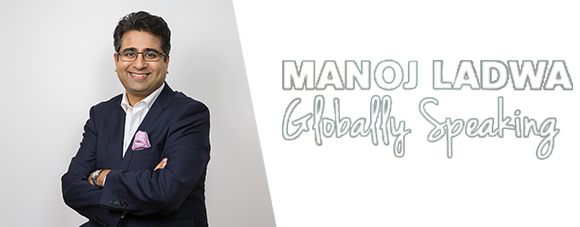When Prime Minister Modi came to power he promised to tackle ‘tax terrorism” – a recognition that India’s taxation regime was too complicated, cumbersome, inefficient, and significantly prone to corruption. India’s parliament this week has passed the most ambitious tax reform measures in its history.
With the rollout of the Goods and Service Tax (GST), he will have redeemed his pledge substantially. The GST will subsume 17 different central and state-level indirect taxes such as excise, sales tax, octroi (and all other entry taxes), service tax, luxury tax, entertainment tax, surcharges, etc., into one all-India tax, turning all of India into a common market.
This will have several advantages for foreign investors and domestic companies alike.
- It will reduce administrative costs for companies and make compliance easier: Currently, companies have to engage with different sets of tax officials for different taxes while filing returns. Since these taxes are often levied by as many as three or more states, this leads to confusion, differences in interpretation, red tape, disputes and corruption. The new simpler, single point tax will eliminate all these negatives.
- Abolition of octroi (and other entry taxes) will improve flow of goods across inter-state borders: India is one country but each of its 29 states, is, effectively a different fiscal territory. Long lines of trucks are routinely stuck at inter-state borders as they are assessed for entry taxes. This increases corruption as well as time taken to transport goods across the country. In India, a goods truck travels an average of 280 km a day compared to 800 km in the US. This increases both logistics costs as well as other overheads. The new tax will do away with these inter-state border checkposts, drastically lower transport times and costs, improve inter-state inventory management cycles and improve ease of doing business.
- Lower costs by eliminating the cascading effects of taxation: Currently, downstream producers do not get credits for taxes already paid on their inputs. This means they pay taxes not only on the value they themselves add but also on the taxes already paid by their upstream input providers. This increases the total incidence of taxes on the final products and increases costs for end customers. GST will eliminate this cascading tax incidence and reduce the cost of most goods and some services.
- Boost manufacturing and Make in India: Easier compliance norms, lower costs and improved ease of doing business – just what the doctor ordered to boost manufacturing and give a fillip to Make in India. And lower costs will make Indian exports more attractive around the globe.
For individuals, especially foreigners, the most noticeable difference will be the abrupt shortening, and significant lowering, of the long tail of taxes that follow their hotel and restaurant bills that often add up to a third of the total cost.
However, readers must bear in mind that the Bill passed by the Upper House of Parliament on Wednesday is only an enabling legislation and that a lot of work still remains to be done before GST becomes a reality.
Finance Minister Arun Jaitley has set himself a target of April 1, 2017 to roll out the tax but most experts feel that such a short time frame may be too ambitious.
“I think we are going to try and make it as reasonably quick as possible… It is always good to set stiff targets and try and meet them rather than have no targets at all,” said Jaitley at a press conference.
But stiff challenges also remain.

The Bill will now have to be passed by the Lower House of Parliament and then be ratified by at least half of India’s 29 state assemblies before the President of India signs it into law. Thereafter, the Centre and the states will have to set up the GST Council, which will decide on the GST rate and other issues relating to the administration of this new tax. These and two sets of further legislations and the tax will be good to roll out.
Operationally, the IT backbone and the training of 60,000 tax officials are expected to be completed before Jaitley’s target date.
Since tax rates will be the same across the country, states will no longer be able to provide fiscal incentives to attract investments. This will force them to provide non-tariff incentives in the form of easier procedures as well as land and labour reforms to lure investors. The increased competition among states on this count is expected to further improve the ease of doing business in India.
Up till now, India was one country but was, effectively, 29 different tax jurisdictions. GST will transform it and make it one country, one tax.








